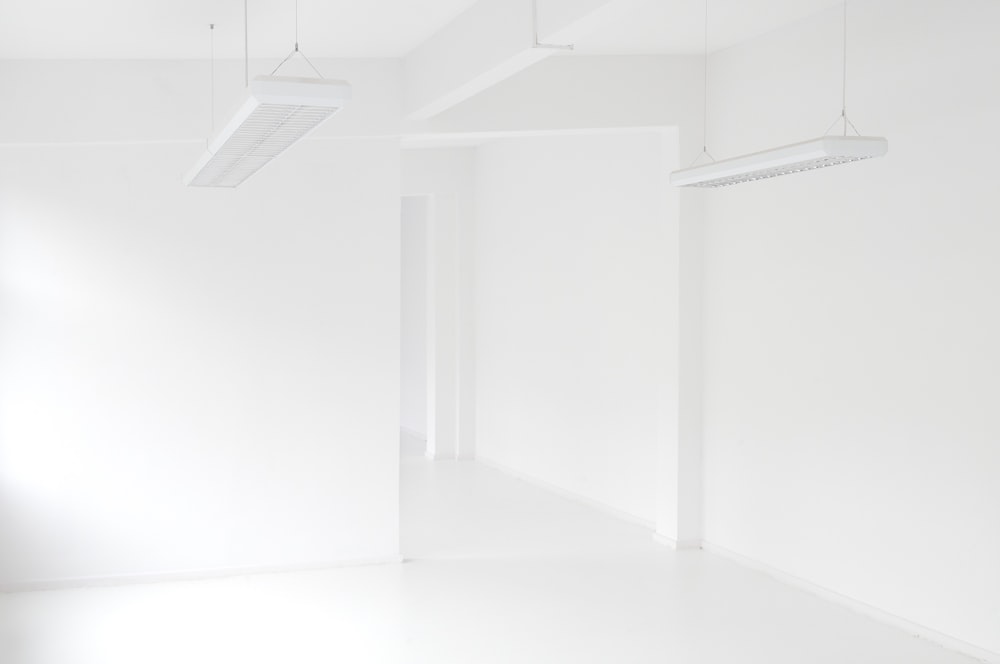Effortless Elegance: Redefining Study Spaces
Finding the perfect balance between functionality and aesthetics in study room design can be a challenge. However, with minimalist principles guiding the way, creating an inspiring and efficient workspace becomes effortless.
Embracing Minimalism: The Foundation of Design
At the core of minimalist study spaces lies the principle of simplicity. By stripping away unnecessary clutter and distractions, these spaces foster a sense of clarity and focus. Minimalist design encourages thoughtful curation, allowing each element to serve a purpose while maintaining a clean and uncluttered aesthetic.
Functional Simplicity: Designing for Efficiency
Minimalist study spaces prioritize functionality without sacrificing style. Every piece of furniture and decor serves a purpose, from streamlined desks to ergonomic chairs. By optimizing layout and organization, these spaces maximize efficiency, making it easier to stay focused and productive.
Clean Lines, Clear Mind: The Power of Aesthetics
In minimalist design, aesthetics play a crucial role in creating a serene and inviting atmosphere. Clean lines, neutral color palettes, and uncluttered surfaces contribute to a sense of calm and order. By carefully selecting decor and accessories, minimalist study spaces exude sophistication and elegance without overwhelming the senses.
Light and Airy: Enhancing Natural Elements
Natural light and ventilation are essential elements of minimalist study spaces. Large windows allow ample natural light to flood the room, creating a bright and airy ambiance. Additionally, incorporating indoor plants adds a touch of nature, enhancing the overall sense of well-being and productivity.
Decluttering the Mind: Organizational Strategies
In minimalist study spaces, organization is key to maintaining a clutter-free environment. Smart storage solutions, such as floating shelves and built-in cabinets, help keep belongings out of sight while remaining easily accessible. Adopting a “less is more” mentality when it comes to possessions promotes a sense of calm and mental clarity.
Multifunctional Design: Maximizing Space
In smaller study rooms, multifunctional design becomes essential. Furniture pieces that serve multiple purposes, such as a desk with built-in storage or a fold-out wall bed, help maximize space without compromising on style. By thoughtfully considering the layout and arrangement of furniture, minimalist study spaces can accommodate various activities while maintaining a cohesive look.
Personalized Touches: Adding Warmth and Character
While minimalist study spaces prioritize simplicity, they also leave room for personalization. Incorporating meaningful decor, such as artwork or photographs, adds warmth and character to the space. By infusing personal touches into the design, these spaces become more than just functional areas—they become reflections of the individual’s personality and style.
Mindful Consumption: Choosing Quality Over Quantity
In the pursuit of minimalist design, quality always trumps quantity. Investing in well-crafted furniture and timeless pieces ensures longevity and durability. By opting for fewer, high-quality items, minimalist study spaces not only look better but also contribute to a more sustainable lifestyle.
Harmony and Balance: The Essence of Minimalism
At its core, minimalist design is about achieving harmony and balance in all aspects of life. Minimalist study spaces embody this philosophy, offering a sanctuary for focused work and creative inspiration. With effortless design inspirations guiding the way, creating a minimalist study space that inspires productivity and tranquility becomes a simple and rewarding endeavor. Read more about simple study room design

